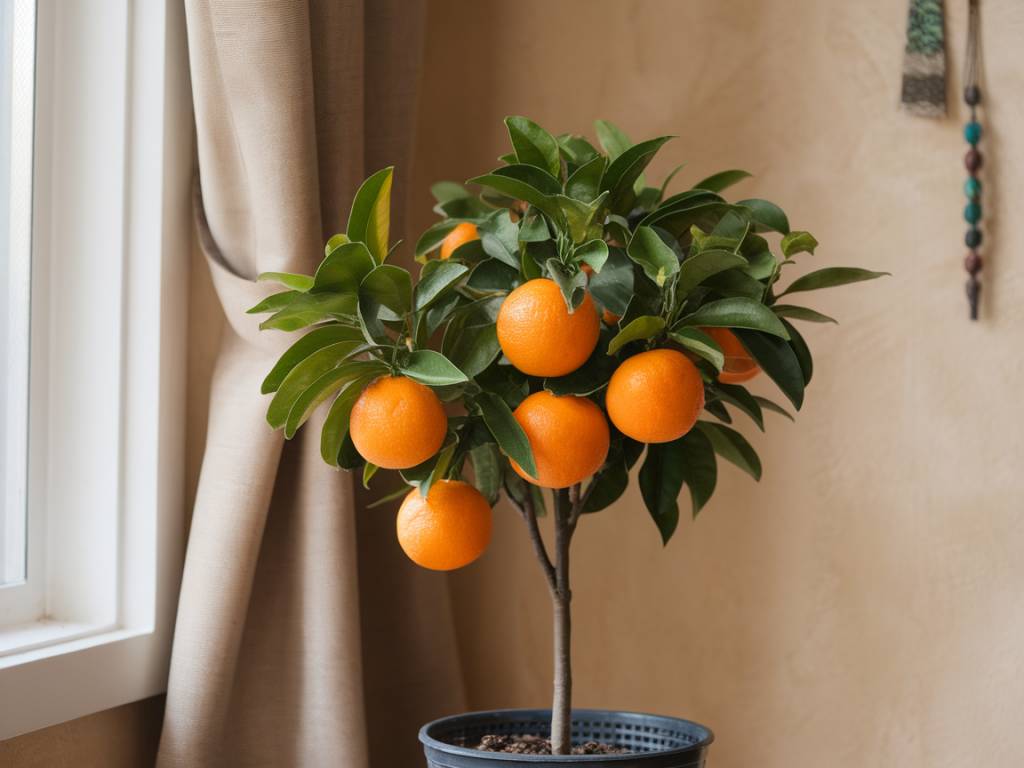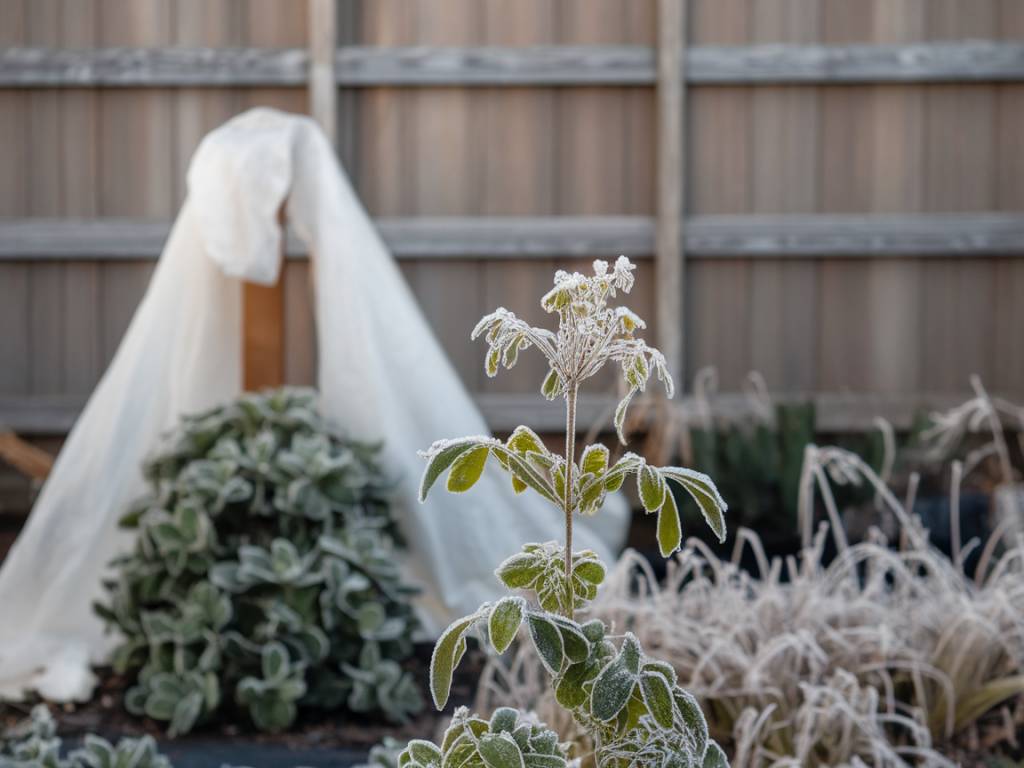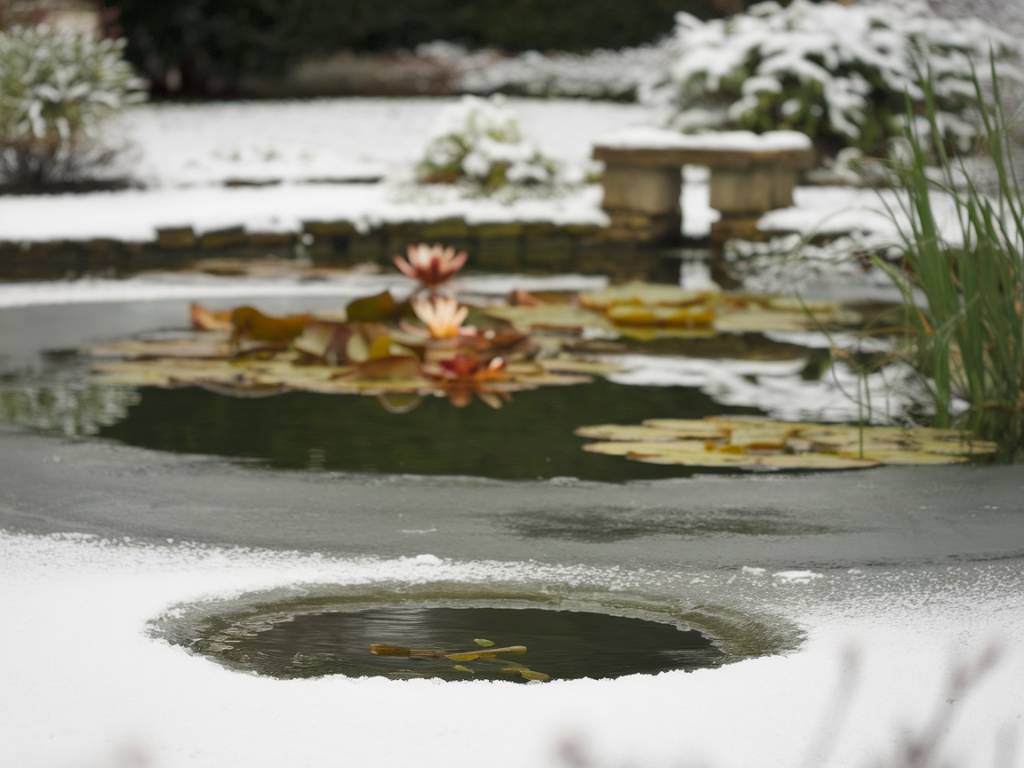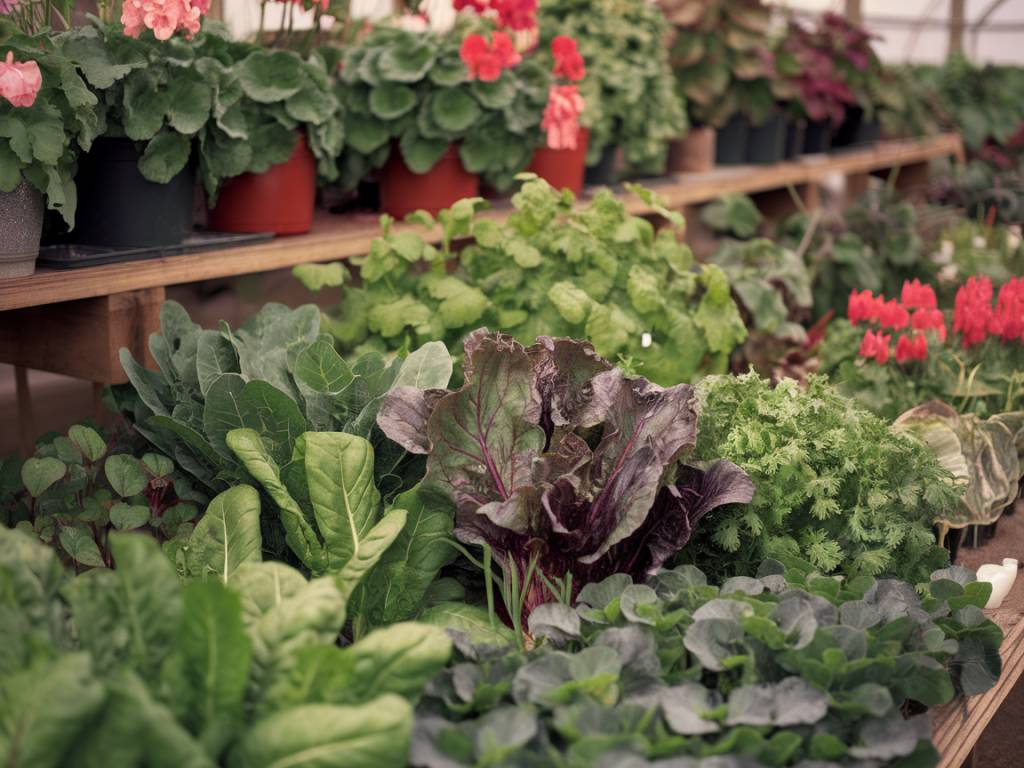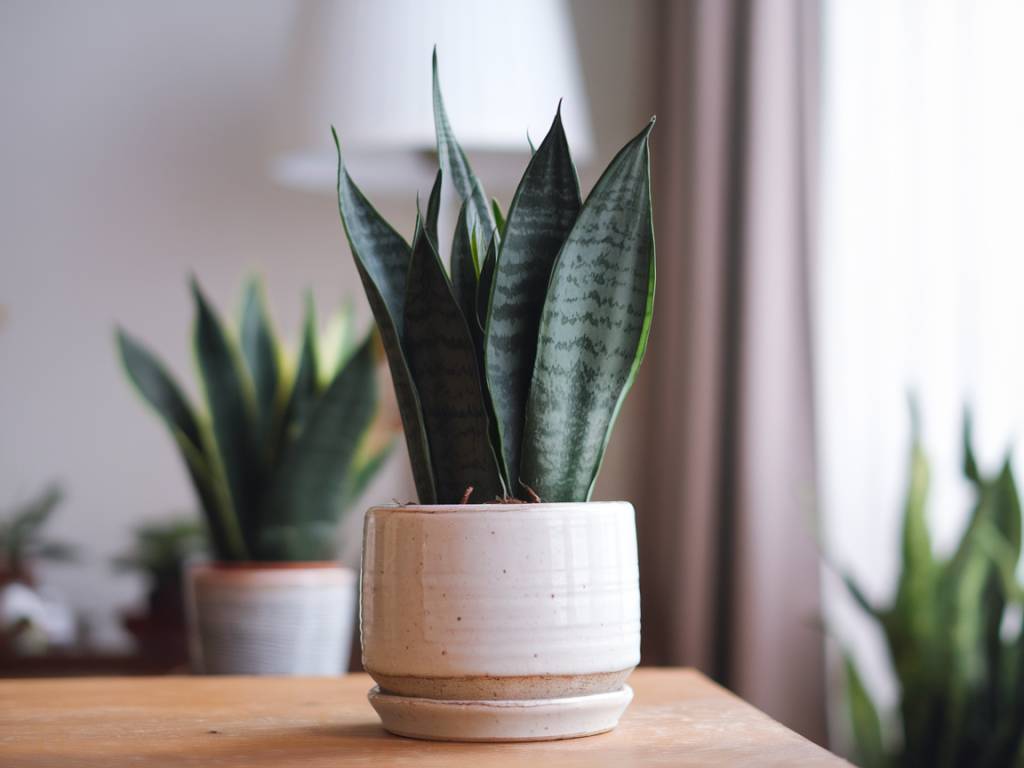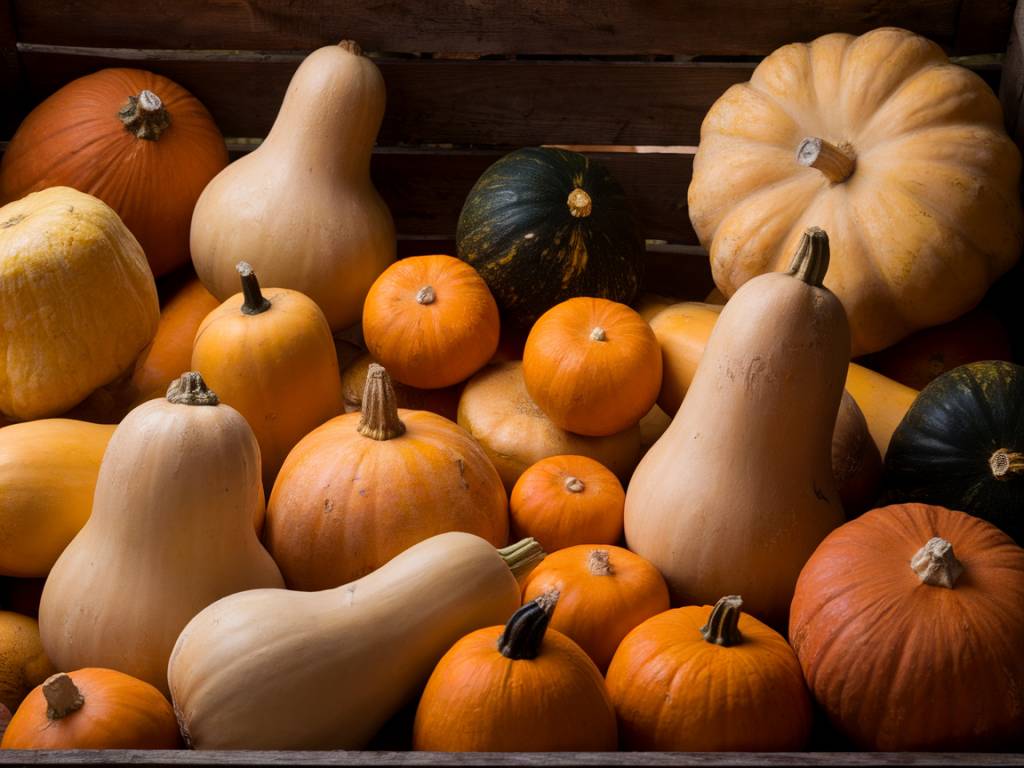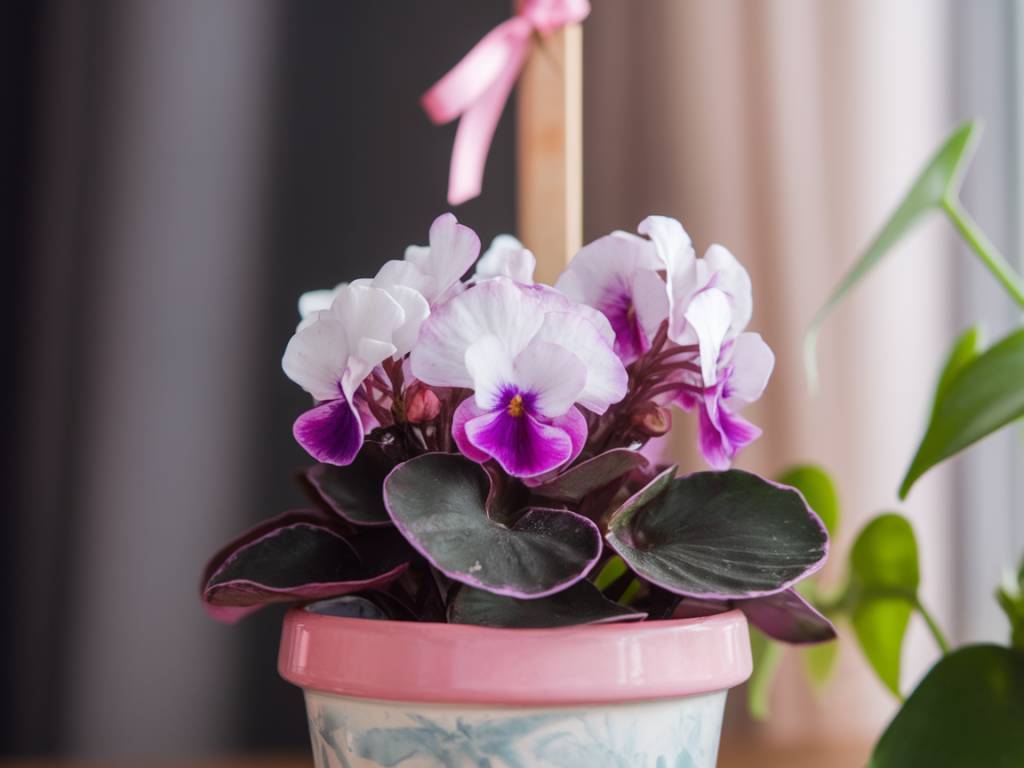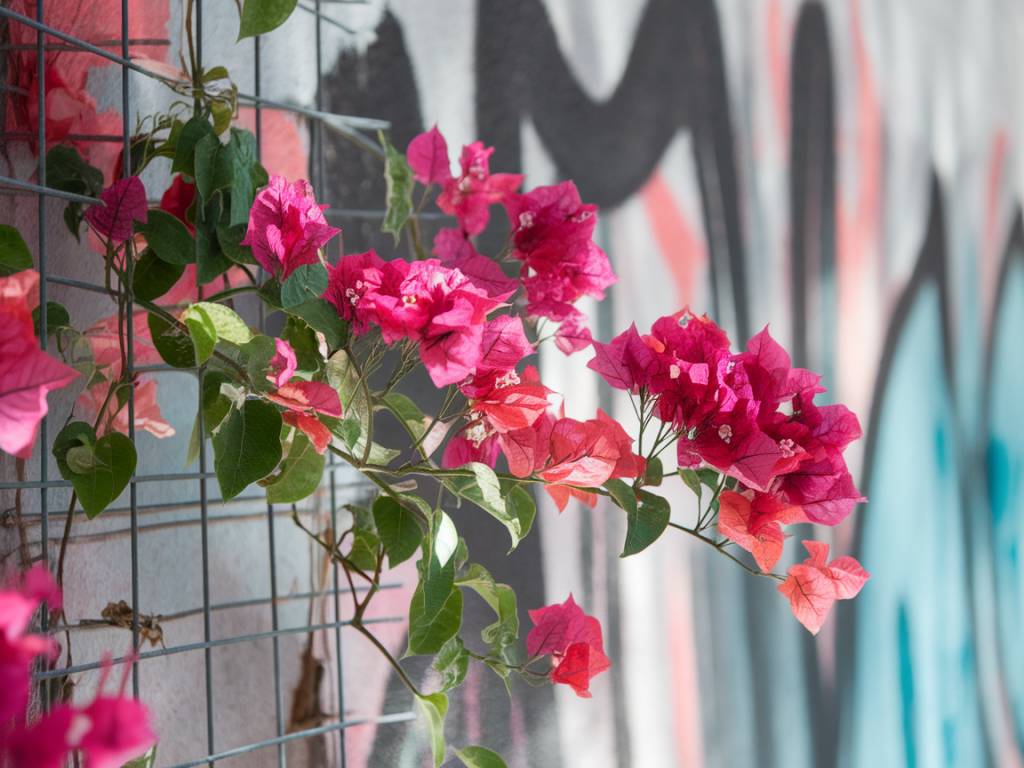Growing citrus trees indoors during the winter can be a delightfully enriching experience. Aside from the aesthetic appeal of bright, glossy leaves and vibrant fruits, these trees can infuse your home with a fresh, citrusy fragrance. Today, I want to share some invaluable tips for nurturing these delightful trees in the colder months, so they thrive and flourish.
Choosing the Right Citrus Tree
It all begins with selecting the right type of citrus tree. Certain varieties are better suited for indoor environments. Meyer lemons, calamondin oranges, and dwarf lime trees are excellent choices. These types are more compact and hardy, adapting well to indoor conditions. When purchasing your tree, ensure it’s healthy by inspecting the leaves and branches for any signs of pests or disease.
Location and Light
Light is perhaps the most critical factor for the health of your citrus tree. Citrus trees need at least 8-12 hours of direct sunlight each day. Choose a sunny spot, preferably near a south-facing window. If natural light is limited, you might need to supplement with grow lights. Positioning the tree correctly is key; too much shade can lead to spindly growth and fewer fruits.
Watering Needs
Caring for citrus trees requires a balanced watering schedule. Over-watering can lead to root rot, while under-watering can cause the tree to drop its leaves. The soil should be kept moist, but not soggy. A good rule of thumb is to let the top inch of soil dry out before watering again. Ensure your pot has adequate drainage to prevent water from accumulating at the bottom.
Soil and Potting
Using the right type of soil is crucial. Citrus trees prefer a well-draining, slightly acidic soil. A high-quality potting mix with added perlite or sand will work well. If you’re repotting your tree, choose a container that’s one size larger than the current one, with proper drainage holes. This will give the roots more room to grow and prevent them from becoming waterlogged.
Temperature and Humidity
Citrus trees thrive in temperatures between 15-24°C (60-75°F). They are sensitive to cold drafts and sudden temperature changes, which can cause stress. Keep them away from windows and doors that lose heat at night. Humidity is also essential; indoor heating tends to dry the air out in winter. Using a humidifier or placing a tray of water near the tree can help maintain optimal humidity levels.
Feeding and Fertilizing
Nutrient-rich soil is vital for the health and productivity of your citrus tree. A balanced, slow-release fertilizer specifically formulated for citrus trees will provide the necessary nutrients. Feeding should be done every few weeks during the growing season (spring and summer) and reduced in winter. Over-fertilizing can harm the tree, so it’s essential to follow the recommended guidelines on the fertilizer package.
Pruning and Maintenance
Regular pruning helps maintain the shape and health of your citrus tree. Prune during late winter or early spring before new growth begins. Remove any dead or diseased branches, and trim back leggy growth to encourage a fuller canopy. Citrus trees tend to grow towards the light source, so rotating the pot every few weeks will help ensure even growth.
Pest Control
Even indoors, citrus trees can be susceptible to pests like aphids, spider mites, and scale. Keep an eye out for any signs of infestation. A natural, soapy water spray can be effective against many common pests. Neem oil is another excellent organic option. If pests become a recurring problem, consider introducing beneficial insects like ladybugs to help control the population naturally.
Pollination
Citrus trees generally have self-pollinating flowers, meaning they can produce fruit without the need for cross-pollination. However, giving nature a little assistance can improve fruit set. You can gently shake the tree when it’s in bloom or use a brush to transfer pollen from flower to flower, mimicking the action of bees.
Overwintering Outdoors
If you plan to move your citrus tree outdoors once winter has passed, it’s crucial to acclimate it gradually to avoid shock. Start by placing the tree in a shaded area outside for a few hours each day, gradually increasing the time it stays outdoors and the amount of direct sunlight it receives. This helps the tree adjust to the changing light and temperature conditions.
Common Problems and Solutions
Citrus trees can face several challenges when grown indoors. Leaf drop, yellowing leaves, and poor fruit production are some common issues. Many of these problems stem from inadequate light, improper watering, or nutrient deficiencies.
- Leaf Drop: Often caused by stress factors such as sudden temperature changes, over or under-watering, or low light levels. Ensuring consistent care and optimal growing conditions can help prevent this.
- Yellowing Leaves: This can result from nutrient deficiencies, especially nitrogen or iron. Using a proper citrus fertilizer and checking soil pH levels can address this issue.
- Poor Fruit Production: Insufficient light, poor pollination, or lack of nutrients can lead to low fruit yield. Ensuring the tree gets enough sunlight, assisting with pollination, and regular feeding can improve fruit production.
The Joy of Growing Citrus Trees
The journey of growing citrus trees indoors in winter is both rewarding and therapeutic. Watching your tree thrive and produce fragrant blossoms and delicious fruits is a joy beyond words. Each step, from caring for the soil to ensuring proper light and humidity, brings you closer to nature and enhances your indoor space with beauty and freshness.
Happy gardening!
Samanta

